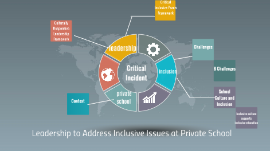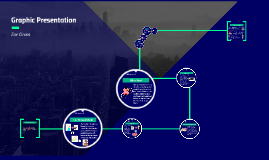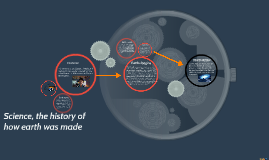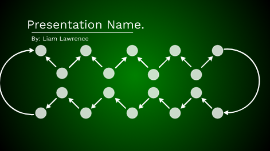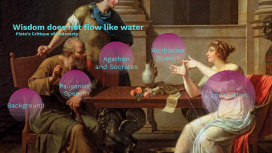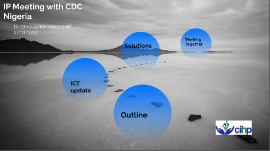Graphic presentation
Transcript: Leadership to Address Inclusive Issues at Private School leadership Critical Incident private school inclusion Adaptation of the Far West Lab instructional management model (Bossert et al., 1982: 40). Context Social-cultural This perspective asserts that educational leadership is value-driven and that leaders achieve results through people. Different socio-cultural contexts evidence different value sets as well as norms of behavior.(Hallinger,2018) social-cultural context Political Context The national goals of education determine which outcomes of schooling are considered of highest priority. These are typically defined by the political authorities within a given society. Therefore, we conclude that whether or not it is explicitly acknowledged, the political context does shape the role behavior of school leaders. (Hallinger,2018) Political Context Ecnomic Context The level of economic development of a society shapes many of the conditions that impact a principal’s work: teacher quality, class size, per-pupil expenditures, parental education and involvement, school facilities, size and quality of libraries, access to technology,etc. (Heyneman and Loxley, 1983; Levin and Lockheed, 2012; Van der Berg, 2008;Walberg, 1991). Economic Context Critically Self-reflects on Leadership Behaviors Culturally Responsive School Leadership Framework (khalifa et al,2016) Culturally Responsive Leadership Framework Promotes Inclusive School Environment Develops Culturally Responsive Teachers Engages Students, Parents, and indigenous Contexts Critical Inclusive Praxis(Osiname,2018) Critical Inclusive Praxis Framework a Critical Inclusive Praxis will enable the principal to reflect and act in ways that build a culture of schooling that serves the common good and promotes democracy. Towards this end, use of the framework will empower the principal to collaboratively transform the school and create equitable, just education for every learner. Work in racially and culturally diverse schools and schools serving high poverty communities provides vivid instruction in the classed and raced assumptions underlying schooling in our culture. Teachers and school administrators are challenged in myriad ways every day to re-think habits of communicating with students and families, of approaching curriculum and assessment, and of organizing school and classroom cultures in order to develop approaches that move beyond white middle class assumptions so ingrained in much of the public school enterprise. The schools most able to mee Clients and Partners. (John P. Portelli, Carolyn M. Shields, Ann B. Vibert,2007 ) Challenges Challenges Daily Effects of Social Class 6 Challenges Curriculum Challenge Assessment Challenge Teaching and working condition Equity and social justice Challenge:race,class,gender and sexuality System Challenges (John P. Portelli, Carolyn M. Shields, Ann B. Vibert,2007 ) (Nancy J. Zollers , Arun K. Ramanathan & Moonset Yu, 1999) Inclusive leadership, a broad vision of school community, and shared language and values. School Culture and Inclusion (Nancy J. Zollers , Arun K. Ramanathan & Moonset Yu, 1999) Three underlying characteristics of the school’ s culture are related to the success of its inclusion program: an inclusive leader, a broad vision of school community and shared language and values, which combine to create an inclusive school culture. Fostering an inclusive culture within a school community can greatly contribute to the success of an inclusion program Inclusive culture supports inclusive education






